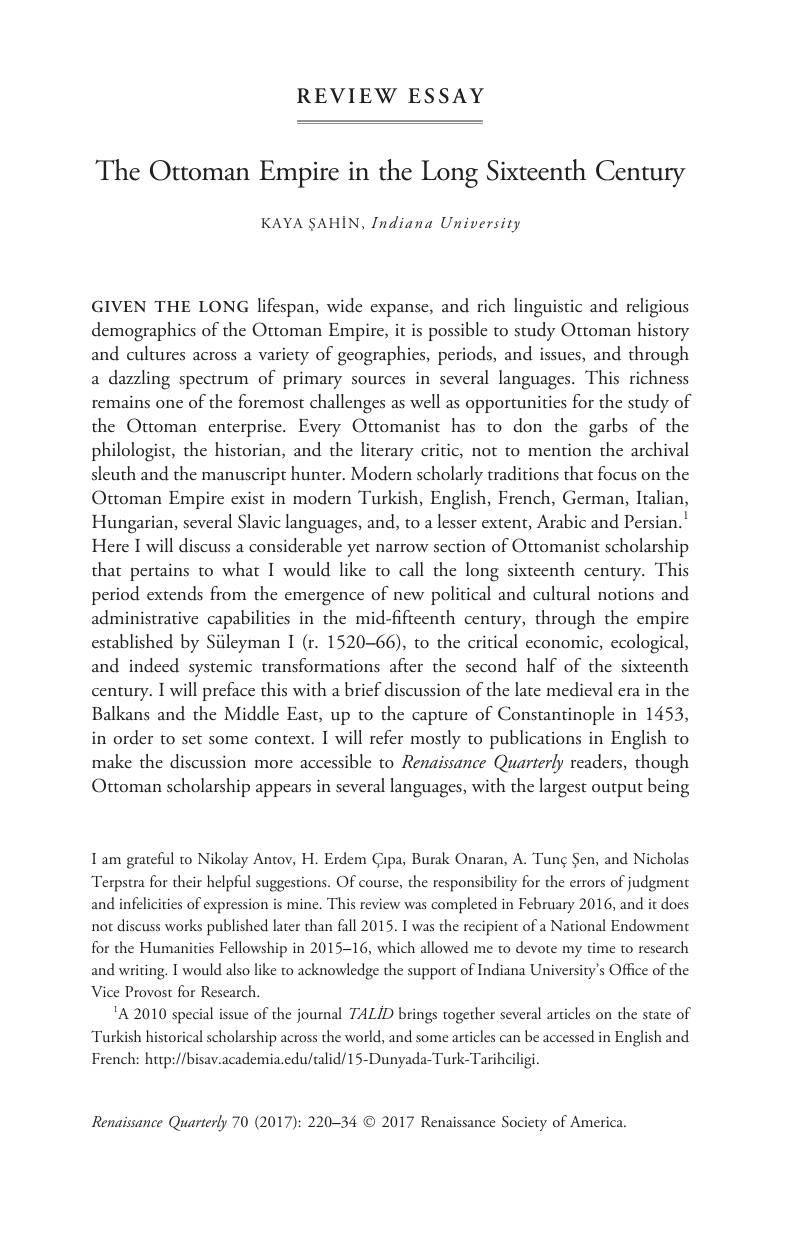Crossref Citations
This article has been cited by the following publications. This list is generated based on data provided by Crossref.
Spruyt, Hendrik
2020.
The World Imagined.
22 August 2024: Due to technical disruption, we are experiencing some delays to publication. We are working to restore services and apologise for the inconvenience. For further updates please visit our website: https://www.cambridge.org/universitypress/about-us/news-and-blogs/cambridge-university-press-publishing-update-following-technical-disruption

Published online by Cambridge University Press: 20 November 2018
